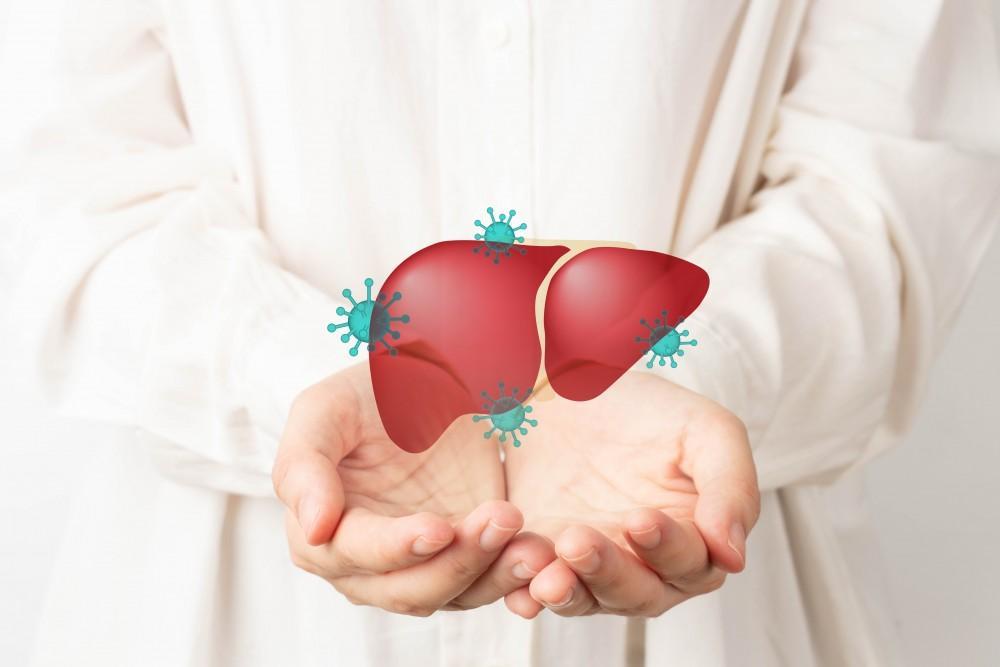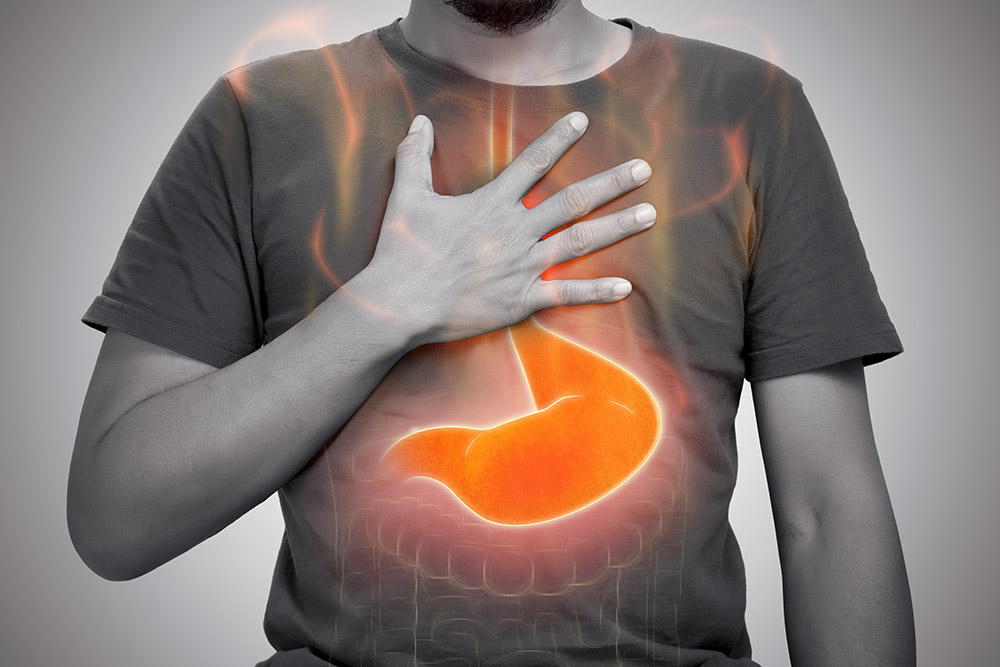What Is Eosinophilic Gastritis?
Eosinophilic gastritis is a rare inflammatory disorder in which eosinophils (a type of white blood cell) accumulate in the stomach lining. Under normal conditions, eosinophils help fight infections, but excessive buildup causes swelling, tissue damage, and a range of digestive symptoms.
Common Causes and Risk Factors
- Food allergies (dairy, wheat, soy, nuts, eggs)
- Personal or family history of allergic conditions (asthma, eczema, allergic rhinitis)
- Other eosinophilic gastrointestinal disorders (e.g., eosinophilic esophagitis)
- Immune system dysfunction or hypersensitivity
- Genetic predisposition affecting immune regulation
Signs and Symptoms
- Upper abdominal pain or cramping, often after meals
- Nausea and vomiting
- Acid reflux or heartburn
- Early satiety (feeling full after small amounts of food)
- Bloating and abdominal distension
- Diarrhea
- Unintentional weight loss
- Fatigue or nutrient deficiencies (in prolonged cases)
Expert Treatment for Eosinophilic Gastritis by Dr. Bharat Pothuri
Dr. Pothuri uses a step-by-step approach:
Medical History and Physical Exam
He reviews your symptom timeline, dietary habits, allergy history (asthma, eczema), and any family history of eosinophilic or allergic disorders.
Blood Tests
We measure peripheral eosinophil counts, check for elevated IgE levels, and rule out parasitic or infectious causes of eosinophilia.
Allergy Evaluation
- Skin-prick testing or serum-specific IgE panels identify common food triggers (dairy, wheat, soy).
- Patch testing may detect delayed hypersensitivity reactions.
Upper Endoscopy with Biopsy
An endoscope examines the stomach lining directly. Targeted biopsies are taken to confirm eosinophil infiltration and grade the severity of inflammation.
Imaging Studies (if needed)
- Abdominal ultrasound or CT scan to assess wall thickening or rule out other structural abnormalities.
- MRI enterography in select cases to evaluate deeper layers of the stomach and adjacent structures.
Frequently Asked Questions
What causes eosinophilic gastritis?
Food allergies and immune system dysfunction are the most common triggers. A personal or family history of asthma, eczema, or other allergic conditions can also increase risk.
How is it diagnosed?
Diagnosis combines blood tests for elevated eosinophils, allergy testing, and an upper endoscopy with biopsy to confirm eosinophil infiltration in the stomach lining.
Can diet help on its own?
Sometimes yes. Eliminating trigger foods under a dietitian's guidance can relieve symptoms, but many patients also require medication to fully control inflammation.
Is it the same as eosinophilic esophagitis?
No. Eosinophilic gastritis affects the stomach lining, whereas eosinophilic esophagitis involves eosinophil buildup in the esophagus.
What happens if I don't treat it?
Untreated disease may lead to ulcers, scarring, strictures, and malabsorption, causing weight loss and nutritional deficiencies.
Does insurance cover care?
Coverage depends on your plan. Our team at GastroDoxs can verify benefits and handle the appropriate ICD-10 coding (K52.81) for you.












